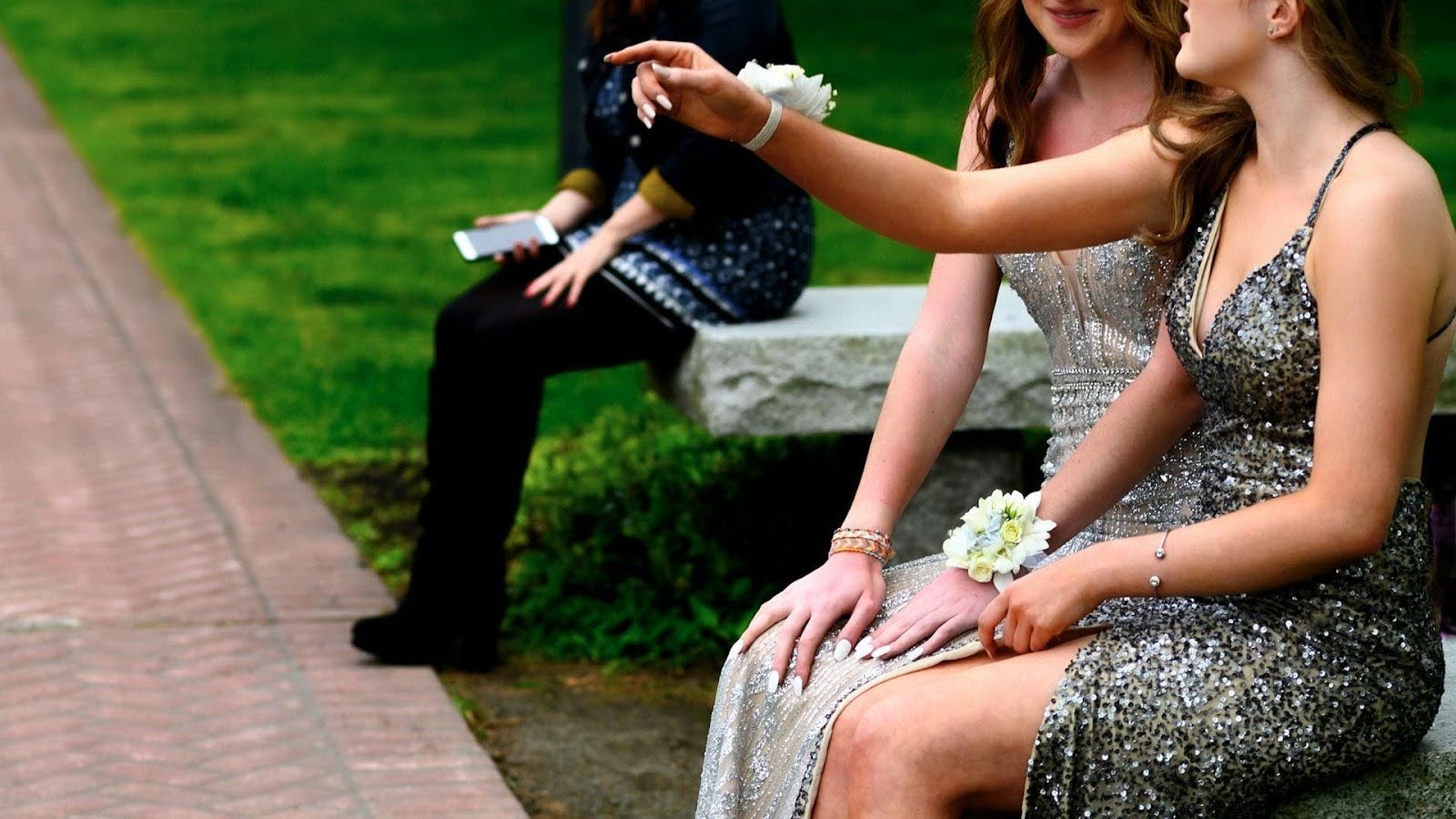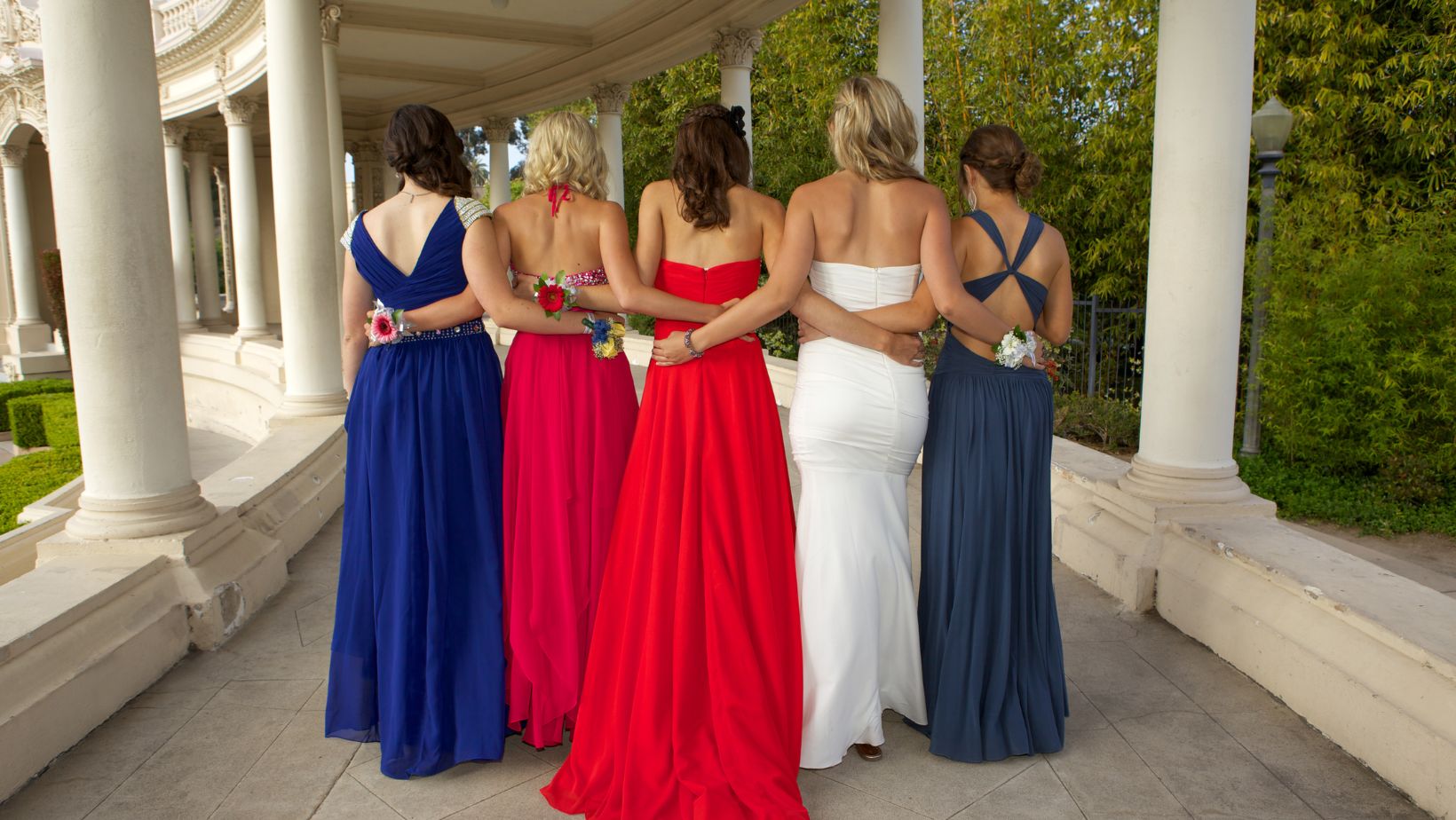 Prom is a major milestone for many high school students. However, it also comes with a hefty price tag for many families. One of the biggest expenses is the outfit. For those planning to wear a dress, the cost can vary dramatically depending on where and how it’s purchased.
Prom is a major milestone for many high school students. However, it also comes with a hefty price tag for many families. One of the biggest expenses is the outfit. For those planning to wear a dress, the cost can vary dramatically depending on where and how it’s purchased.
There’s no universal rule for what to spend, which makes it hard to know what’s reasonable and what’s considered over the top. Some students budget for weeks or months to find a standout look, while others prefer more affordable options that still feel special.
When it comes to prom dresses, expectations can shift based on location, personal style, and access to different shopping options. Here’s a breakdown of what people typically spend, what factors affect pricing, and how to decide what’s worth the investment.
The National Average: What the Data Says
According to recent consumer surveys and teen fashion studies, the average amount spent on a prom dress in the U.S. typically falls between $100 and $600. That range might seem wide, but it reflects the variety of shopping behaviors. Some people find great options on sale or secondhand, while others splurge on designer brands or custom pieces.
Geography also plays a role. In some areas, students may have access to more high-end boutiques or attend schools where more formal looks are the norm, which can push averages higher. In other places, students rely more on department stores or online retailers with budget-conscious selections.
It’s also worth noting that some students invest more in their outfit than in any other part of prom. For many, it’s the centerpiece of the night.
Factors That Impact the Price
The cost of a prom dress depends on several details. Fabric is one of the biggest pricing indicators. Materials like silk or beaded lace usually come at a higher price point than polyester or jersey. The same goes for embellishments. Beading, embroidery, and structured layers all increase the time and cost of production.
Brand name is another major factor. Dresses from well-known designers or exclusive collections often start at a few hundred dollars and can go much higher. That price tag typically reflects brand reputation and design originality rather than just the quality of the materials used.
Shopping timing also matters. Buying early in the season may offer more selection, but it can also mean paying full price. Waiting until closer to prom sometimes leads to markdowns, but popular sizes and styles may be gone. Alterations (like shortening the hem or adjusting the fit) can add anywhere from $20 to $100 or more, depending on the changes needed.
Budget vs. Designer: What You Can Expect at Each Price Point
Spending around $100 to $200 generally provides access to simpler dresses from fast-fashion retailers or seasonal prom collections at major department stores. These dresses often use basic materials and have fewer embellishments, but can still look polished and stylish with the right fit and accessories.

At the higher end ($600 and up), dresses may include custom tailoring, exclusive fabrics, or limited-edition designs. These are often purchased through specialty boutiques or designer retailers. While these dresses stand out for their craftsmanship, it’s important to note that a higher price doesn’t automatically mean a better experience.
Alternatives to Purchasing Brand-New
For students who want to save money or find something more unique, buying a brand-new prom dress isn’t the only option. Renting has become a popular choice, especially through online platforms that offer a wide range of styles and sizes at a fraction of the retail cost. Rental services often include return shipping and basic insurance, which makes the process simple and accessible.
Secondhand options are also growing in popularity. Thrift stores, resale apps, and formalwear consignment shops allow students to score quality dresses at significantly lower prices. These pieces are often worn once, so they still look new, and sometimes include designer labels at budget-friendly prices.
Social Pressure and Spending Trends
The rise of social media has changed how many students approach prom. Outfit reveals, pre-prom photoshoots, and comparisons shared online can create added pressure to spend more to stand out.
At the same time, there’s a growing awareness that personal style matters more than cost. Many students now prioritize comfort, individuality, and sustainability. Choosing a look that reflects one’s personality or reusing formalwear in creative ways has become just as exciting as buying something new.
Style on Any Budget
Prom dress prices vary widely, and there’s no single amount that’s considered right or wrong. Some spend hundreds, others spend much less, but all are aiming for a look that feels special for one of high school’s biggest nights.
Bob Duncan is the lead writer and partner on ConversationsWithBianca.com. A passionate parent, he’s always excited to dive into the conversation about anything from parenting, food & drink, travel, to gifts & more!
